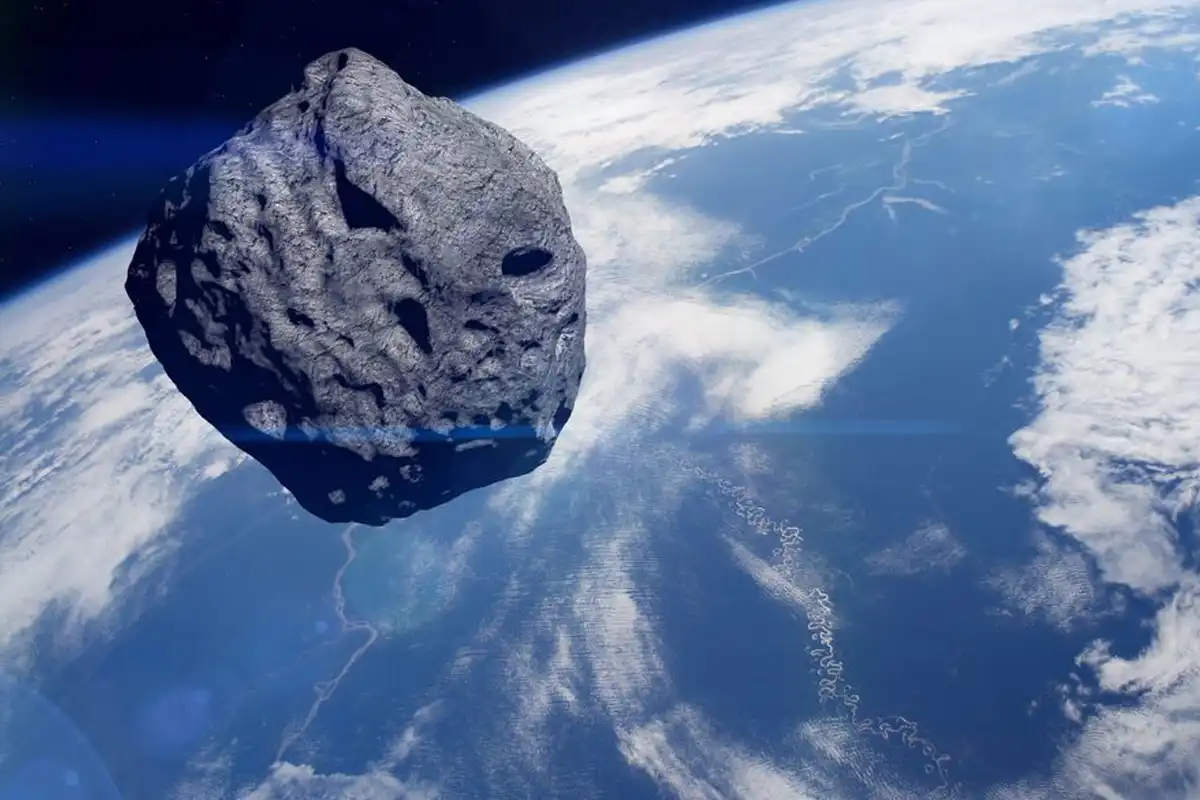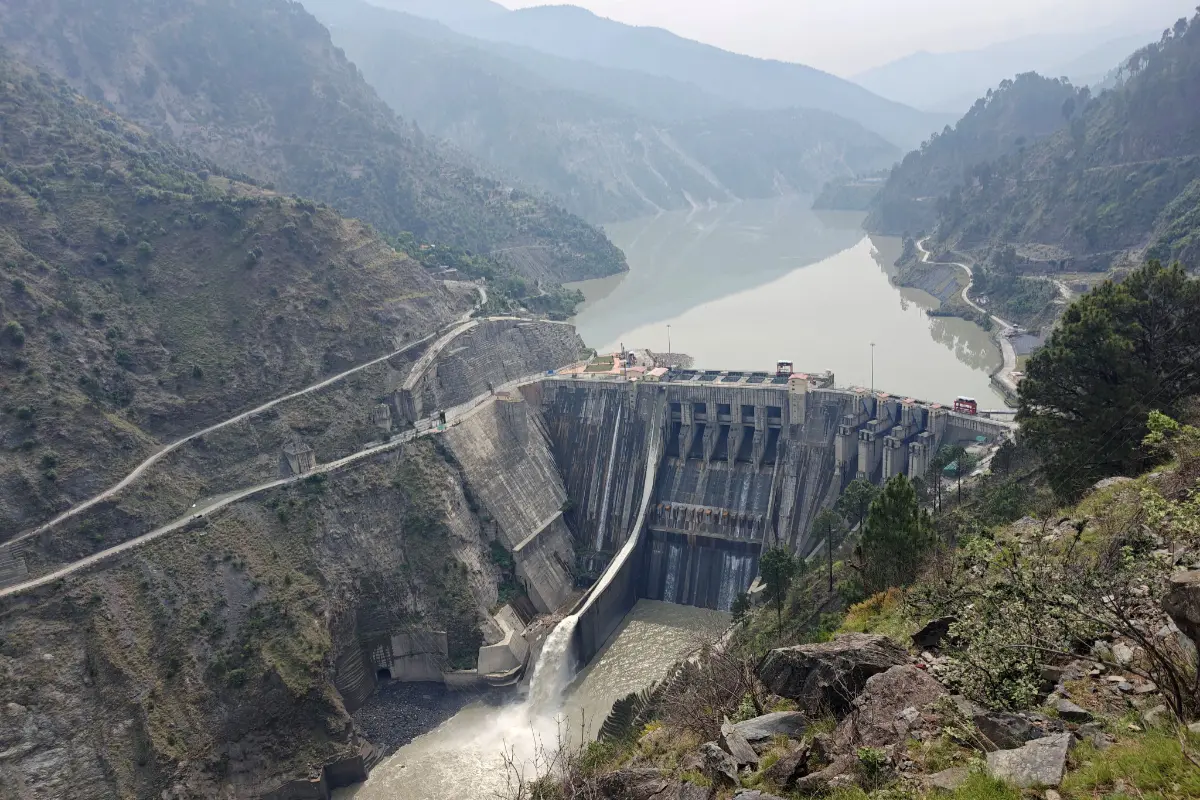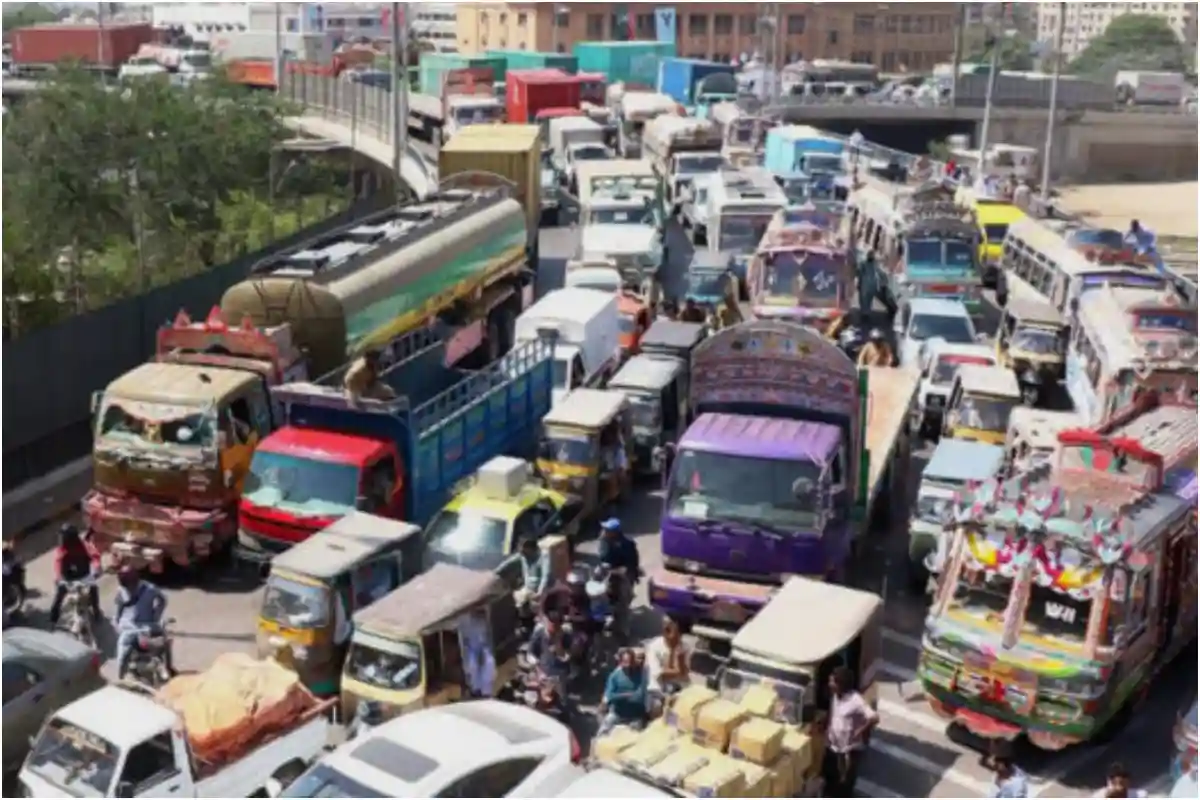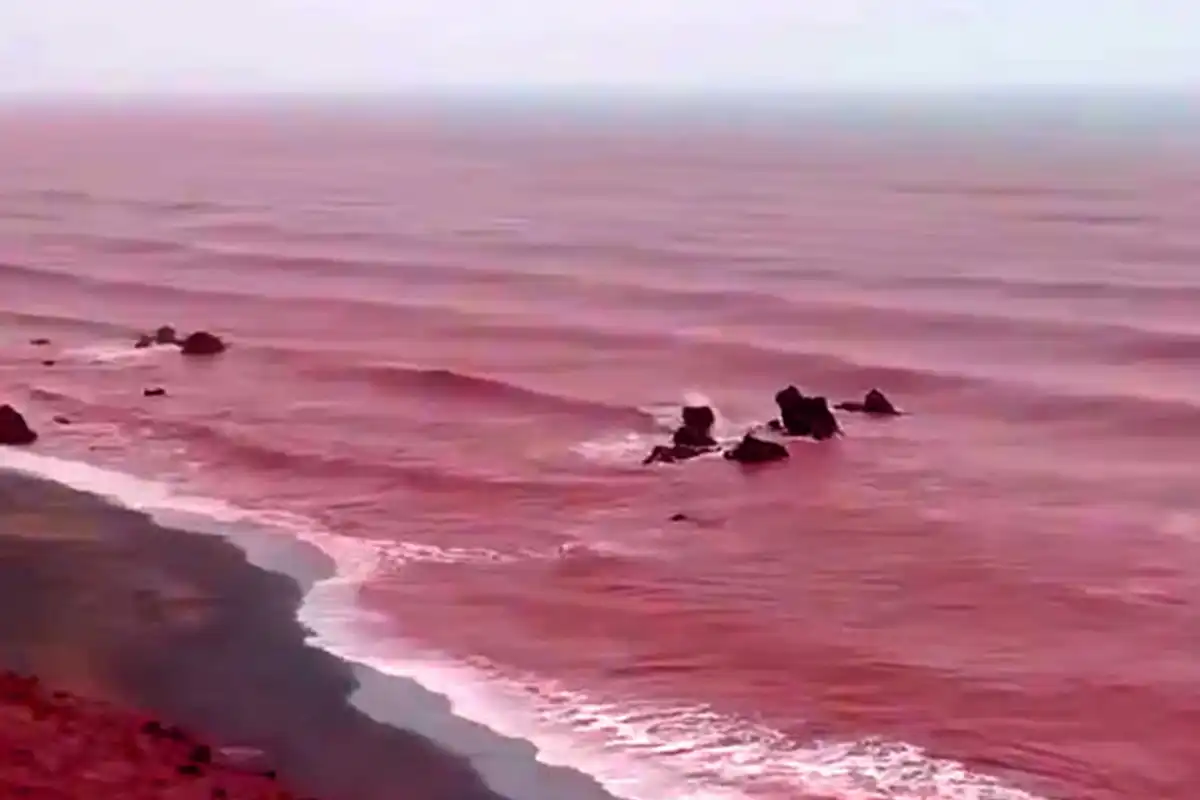‘Invisible’ asteroids near Venus could one day crash into Earth; Astronomers issued a stark warning

'Invisible' asteroids near Venus could one day crash into Earth; Astronomers issued a stark warning (Getty Images/iStockphoto/NASA)
September 2025: Astronomers have raised concerns about a hidden group of dangerous asteroids that may one day collide with Earth. These objects, which scientists call “invisible asteroids”, cannot be tracked with today’s telescopes but could still pose a serious risk.
The new study, published by São Paulo State University (UNESP) in Brazil, used advanced models and simulations to understand how these asteroids move over thousands of years. The researchers discovered that every 12,000 years, some of these space rocks pass dangerously close to Earth’s orbit, raising the chance of impact.
What Makes These Asteroids Dangerous?
Lead author Professor Valerio Carruba explained that these asteroids do not belong to the main Asteroid Belt between Mars and Jupiter. Instead, they orbit the Sun close to Venus, making them much harder to detect.
He said: “Our study shows that there’s a population of potentially dangerous asteroids we can’t detect with current telescopes. They remain invisible, even though they may pose a real risk of collision with our planet in the distant future.”
Astronomers call them Venusian co-orbitals, because they share a similar orbit with Venus.
How Big Are These Asteroids?
According to the study, some of the asteroids may be up to 300 meters wide. If one hit Earth, it could create a crater over 4 kilometers wide and release energy equal to hundreds of megatons. An impact in a city could cause catastrophic damage.
Currently, scientists know of only 20 Venusian co-orbitals, but they believe the real number is much higher.
Why Are They So Hard to Spot?
The problem is visibility. Even the brightest of these asteroids could only be seen for one to two weeks, and only when they appear at certain angles above Earth’s horizon. For most of the time, they remain hidden from telescopes.
That’s why astronomers are now urging the use of space-based telescopes to watch areas closer to the Sun where these objects might be hiding.
What Scientists Say About Planetary Defence
Professor Carruba stressed that protecting Earth requires more than just tracking what we can currently see: “Planetary defence needs to consider not only what we can see, but also what we can’t yet see.”
The research was carried out by the Orbital Dynamics and Planetology Group (GDOP) at UNESP, with support from the National Institute for Space Research (INPE) in Brazil.
Catch all the Trending News, Breaking News Event and Trending News Updates on GTV News
Join Our Whatsapp Channel GTV Whatsapp Official Channel to get the Daily News Update & Follow us on Google News.














